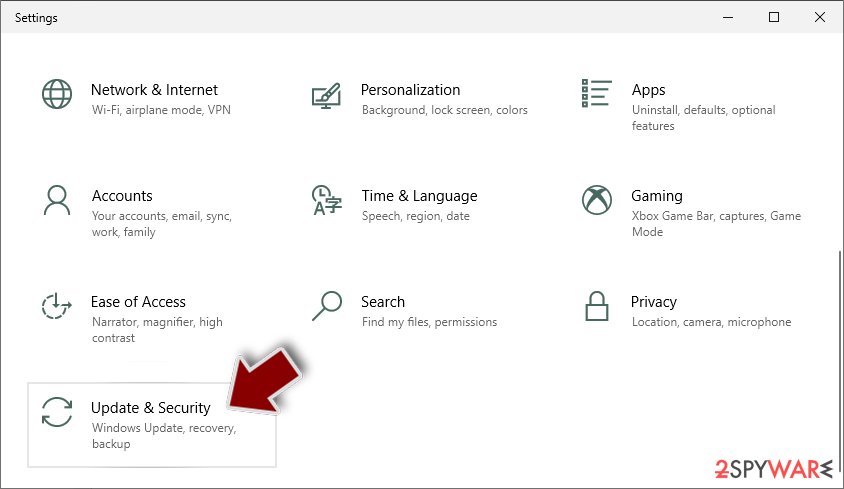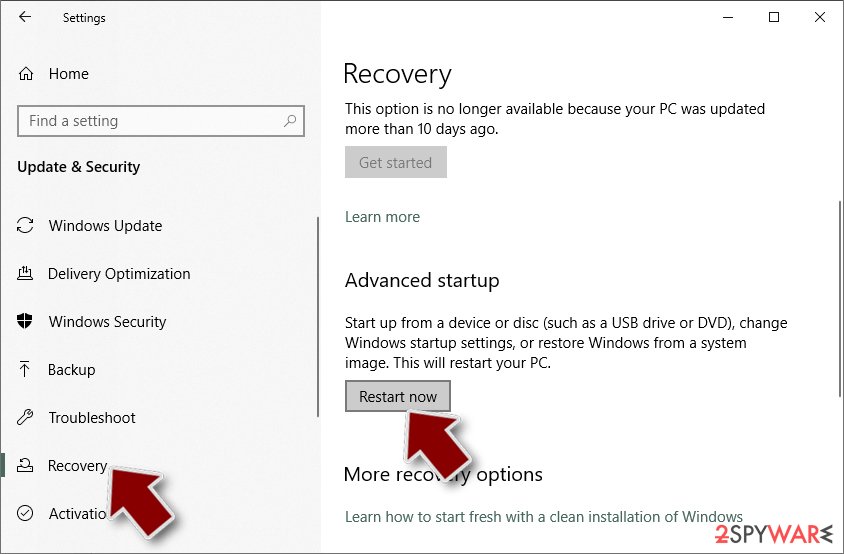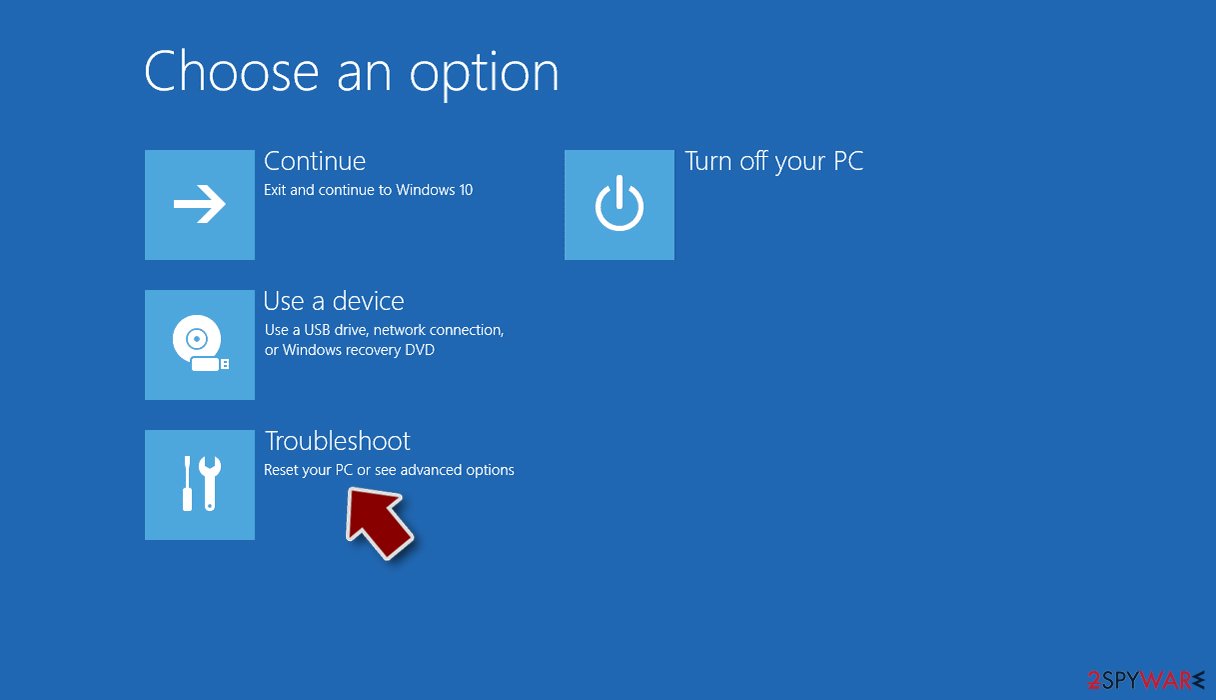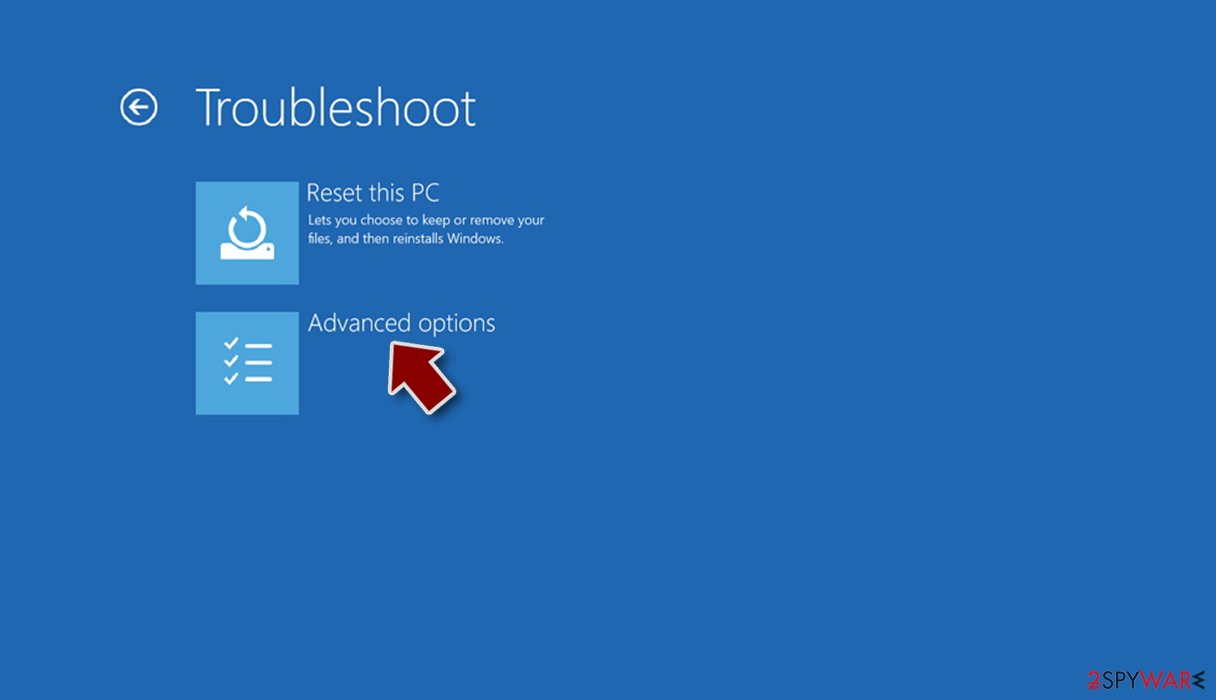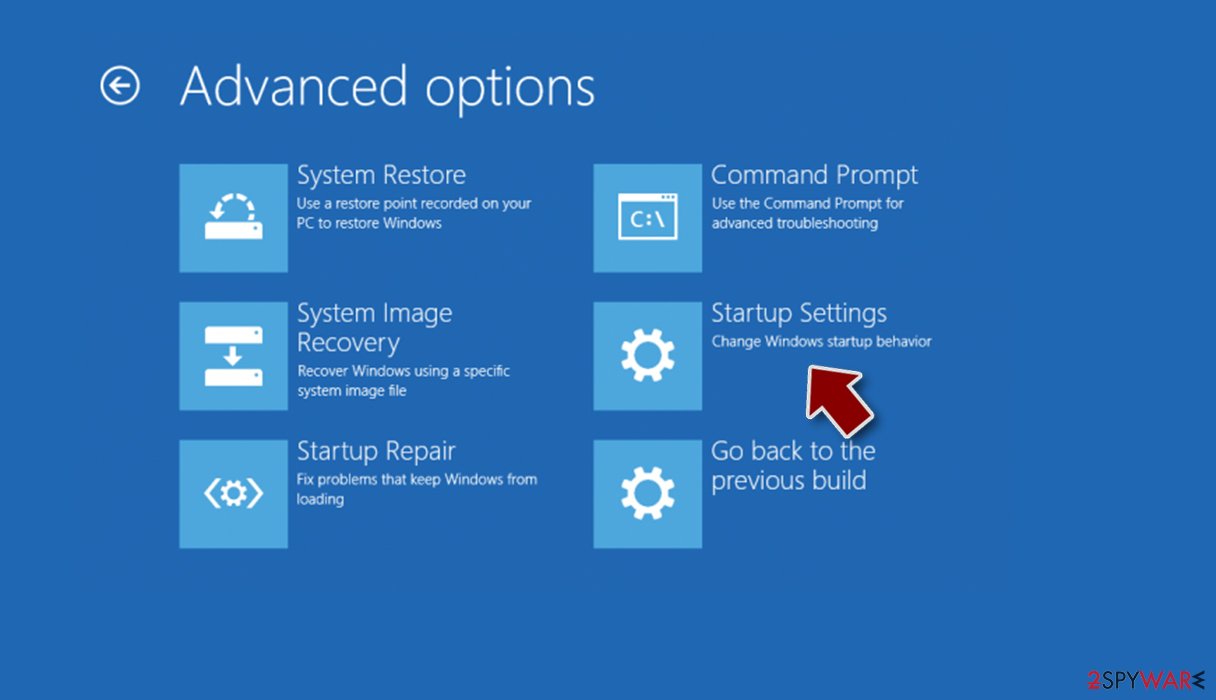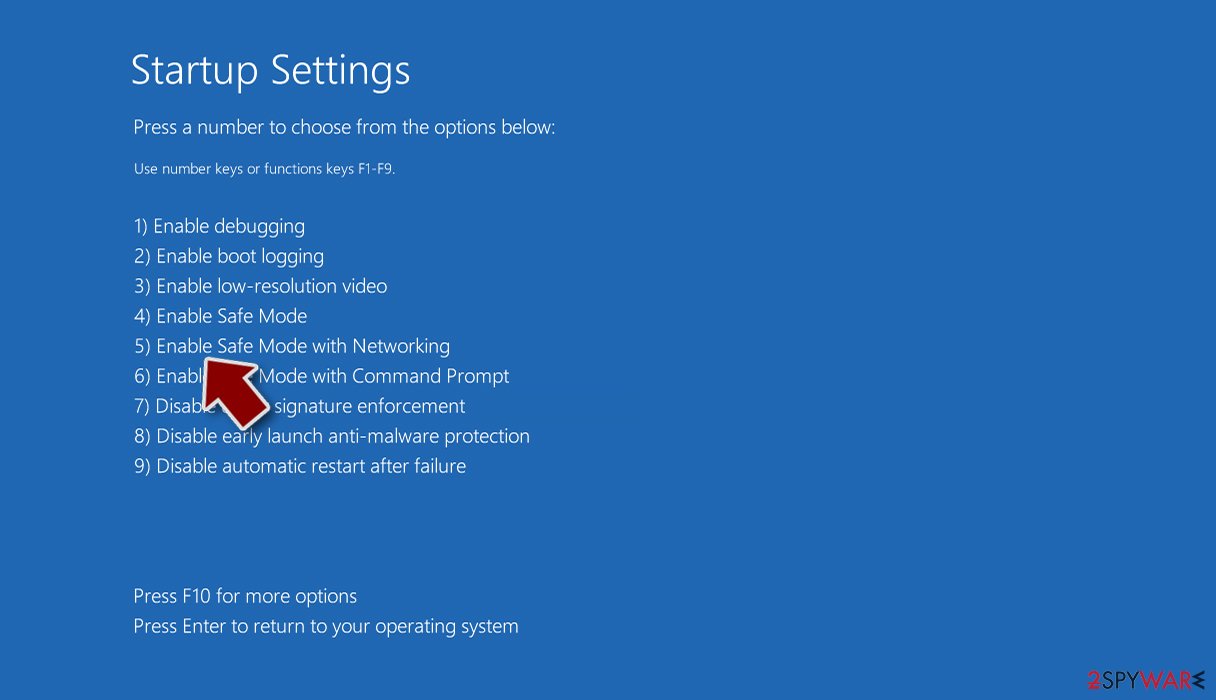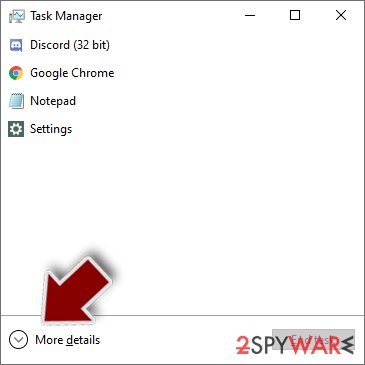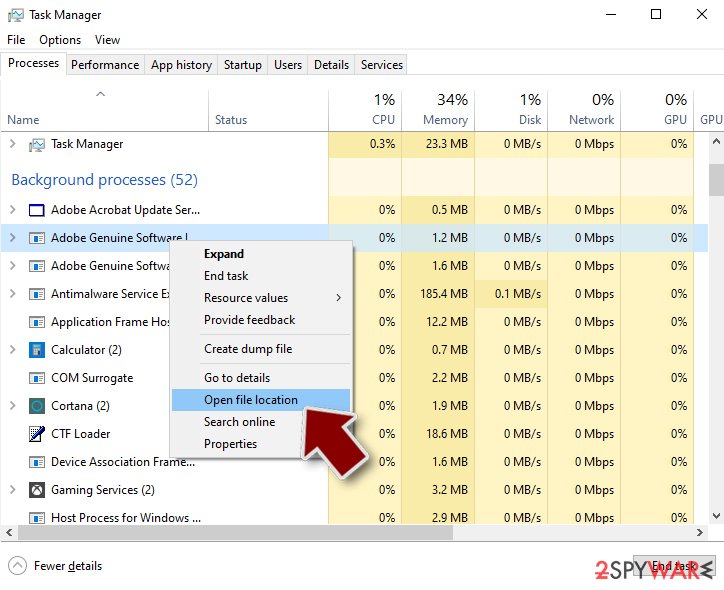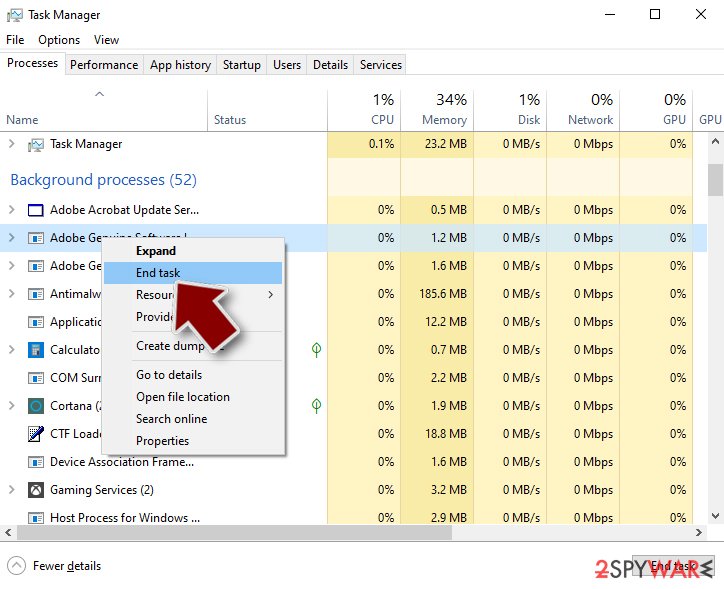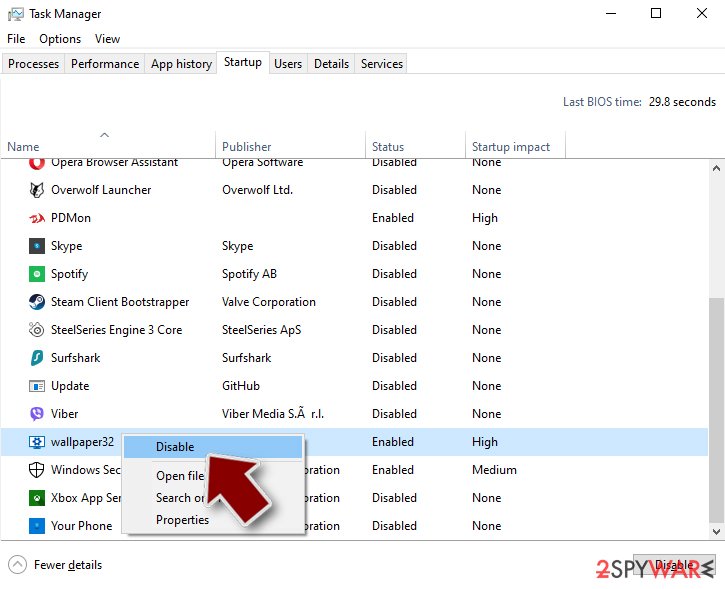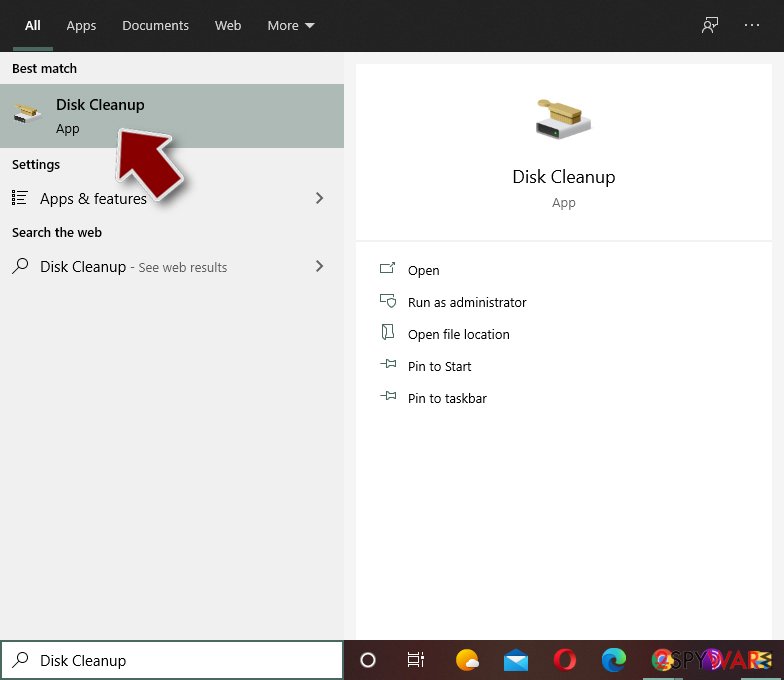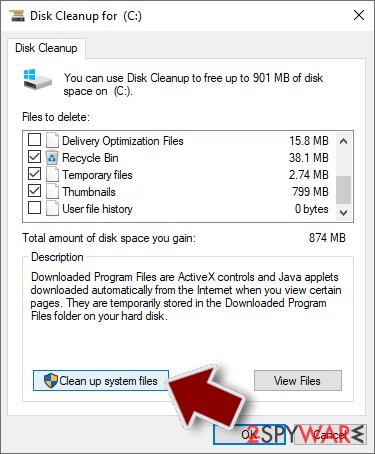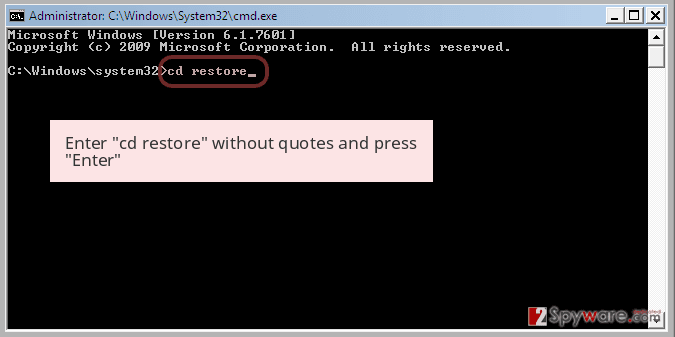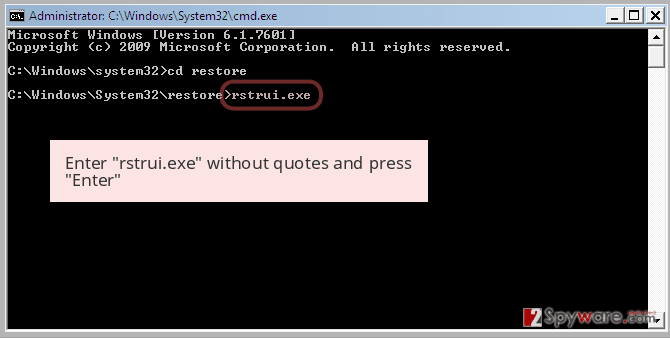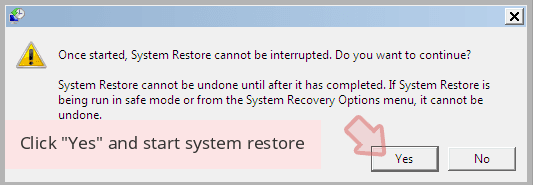Minergate virus - Removal Instructions
Minergate virus Removal Guide
What is Minergate virus?
Minergate is designed to mine cryptocurrency using your computer’s resources

Minergate is cryptocurrency GUI miner and mining pool that allows mining Bitcoins, Monero, and other virtual money. However, security vendors detect it as riskware[1] because it might enter the system without the user’s permission and use computer’s resources (CPU) for mining.[2]
The so-called Minergate virus might operate as a Trojan horse. Thus, it might pretend to be a useful program. For this reason, users often are tricked into installing them without suspecting anything bad. However, security experts often remind to keep away from questionable download sources to avoid malware.
Additionally, Minergate malware might be promoted in software bundles and get inside the system when a person installs freeware incorrectly. Once inside, it might make system changes in order to boot with system startup. Therefore, when a user turns on the affected computer and connects to the Internet, miner starts making money illegally.
The biggest issue with miners is that they might use lots of computer’s CPU. As a result, the system becomes sluggish. Victims might have to deal with slowdowns or crashing programs. What is more, infiltration of Minergate miner might lead to overheating, so the computer might be physically damaged.
As you may have already understood, the main signs that a mining program was installed on your computer are:
- diminished computer’s performance;
- system slowdowns;
- inability to open or run particular software;
- the appearance of processes in Task Manager that uses high CPU rate.
If you noticed these symptoms, you should run a full system scan with reputable anti-malware software to remove Minergate from the device. We recommend using FortectIntego. However, feel free to use any other reliable anti-malware or anti-virus software.
However, if you are thinking about manual Minergate removal, we would like to discourage you from this task. Miners are hard to detect and delete entirely without security software. Besides, attempts to uninstall these components manually may lead to damage to the system.
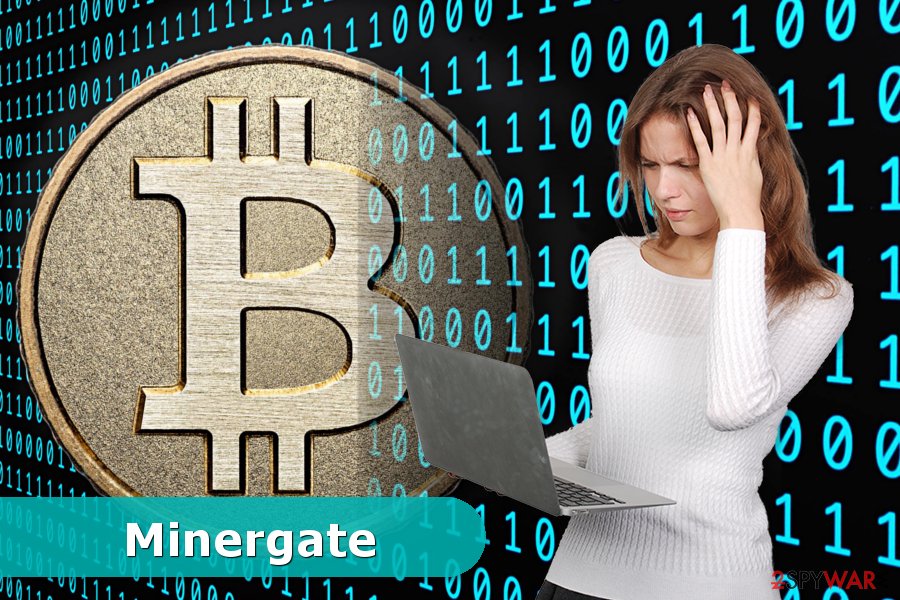
Infiltration of the miner
Minergate has an official website. However, evil-minded people tend to take advantage of it and might spread the obfuscated versions of the program in freeware or shareware bundles. In this case, criminals can easily trick inattentive computer users into downloading miners.
Therefore, you should be careful when downloading free programs from the Internet. Security specialists from avirus.hu[3] suggest following these simple tips to avoid malicious programs:
- choose legitimate sources for freeware downloads;
- use Advanced/Custom instead of Quick/Recommended settings;
- read Privacy Policy, EULA, and other provided documents;
- reject installation of “optional downloads” by unmarking pre-selected ticks.
We want to remind that the popular Quick/Recommended setup does not disclose about third-party applications. Thus, when you choose it, you give indirect permissions to all additional apps to get inside the system as well. Thus, rushing to install programs might cause you more problems.
Getting rid of the Minergate
We highly recommend opting for the automatic Minergate removal using FortectIntego, SpyHunter 5Combo Cleaner or Malwarebytes. These programs can quickly identify and remove all malicious components from the system. If you try to locate miner-related entries manually, you might end up with a failure.
However, if you have problems with automatic elimination, for instance, you cannot download security software or run a system scan, follow the guide below. Such cyber threats might prevent from using antivirus or malware removal tools. Thus, you may need to take extra steps in order to remove Minergate.
Getting rid of Minergate virus. Follow these steps
Manual removal using Safe Mode
If you cannot run automatic Minergate removal, follow these steps:
Important! →
Manual removal guide might be too complicated for regular computer users. It requires advanced IT knowledge to be performed correctly (if vital system files are removed or damaged, it might result in full Windows compromise), and it also might take hours to complete. Therefore, we highly advise using the automatic method provided above instead.
Step 1. Access Safe Mode with Networking
Manual malware removal should be best performed in the Safe Mode environment.
Windows 7 / Vista / XP
- Click Start > Shutdown > Restart > OK.
- When your computer becomes active, start pressing F8 button (if that does not work, try F2, F12, Del, etc. – it all depends on your motherboard model) multiple times until you see the Advanced Boot Options window.
- Select Safe Mode with Networking from the list.

Windows 10 / Windows 8
- Right-click on Start button and select Settings.

- Scroll down to pick Update & Security.

- On the left side of the window, pick Recovery.
- Now scroll down to find Advanced Startup section.
- Click Restart now.

- Select Troubleshoot.

- Go to Advanced options.

- Select Startup Settings.

- Press Restart.
- Now press 5 or click 5) Enable Safe Mode with Networking.

Step 2. Shut down suspicious processes
Windows Task Manager is a useful tool that shows all the processes running in the background. If malware is running a process, you need to shut it down:
- Press Ctrl + Shift + Esc on your keyboard to open Windows Task Manager.
- Click on More details.

- Scroll down to Background processes section, and look for anything suspicious.
- Right-click and select Open file location.

- Go back to the process, right-click and pick End Task.

- Delete the contents of the malicious folder.
Step 3. Check program Startup
- Press Ctrl + Shift + Esc on your keyboard to open Windows Task Manager.
- Go to Startup tab.
- Right-click on the suspicious program and pick Disable.

Step 4. Delete virus files
Malware-related files can be found in various places within your computer. Here are instructions that could help you find them:
- Type in Disk Cleanup in Windows search and press Enter.

- Select the drive you want to clean (C: is your main drive by default and is likely to be the one that has malicious files in).
- Scroll through the Files to delete list and select the following:
Temporary Internet Files
Downloads
Recycle Bin
Temporary files - Pick Clean up system files.

- You can also look for other malicious files hidden in the following folders (type these entries in Windows Search and press Enter):
%AppData%
%LocalAppData%
%ProgramData%
%WinDir%
After you are finished, reboot the PC in normal mode.
Remove Minergate using System Restore
If the previous method did not work, follow these instructions:
-
Step 1: Reboot your computer to Safe Mode with Command Prompt
Windows 7 / Vista / XP- Click Start → Shutdown → Restart → OK.
- When your computer becomes active, start pressing F8 multiple times until you see the Advanced Boot Options window.
-
Select Command Prompt from the list

Windows 10 / Windows 8- Press the Power button at the Windows login screen. Now press and hold Shift, which is on your keyboard, and click Restart..
- Now select Troubleshoot → Advanced options → Startup Settings and finally press Restart.
-
Once your computer becomes active, select Enable Safe Mode with Command Prompt in Startup Settings window.

-
Step 2: Restore your system files and settings
-
Once the Command Prompt window shows up, enter cd restore and click Enter.

-
Now type rstrui.exe and press Enter again..

-
When a new window shows up, click Next and select your restore point that is prior the infiltration of Minergate. After doing that, click Next.


-
Now click Yes to start system restore.

-
Once the Command Prompt window shows up, enter cd restore and click Enter.
Finally, you should always think about the protection of crypto-ransomwares. In order to protect your computer from Minergate and other ransomwares, use a reputable anti-spyware, such as FortectIntego, SpyHunter 5Combo Cleaner or Malwarebytes
How to prevent from getting malware
Stream videos without limitations, no matter where you are
There are multiple parties that could find out almost anything about you by checking your online activity. While this is highly unlikely, advertisers and tech companies are constantly tracking you online. The first step to privacy should be a secure browser that focuses on tracker reduction to a minimum.
Even if you employ a secure browser, you will not be able to access websites that are restricted due to local government laws or other reasons. In other words, you may not be able to stream Disney+ or US-based Netflix in some countries. To bypass these restrictions, you can employ a powerful Private Internet Access VPN, which provides dedicated servers for torrenting and streaming, not slowing you down in the process.
Data backups are important – recover your lost files
Ransomware is one of the biggest threats to personal data. Once it is executed on a machine, it launches a sophisticated encryption algorithm that locks all your files, although it does not destroy them. The most common misconception is that anti-malware software can return files to their previous states. This is not true, however, and data remains locked after the malicious payload is deleted.
While regular data backups are the only secure method to recover your files after a ransomware attack, tools such as Data Recovery Pro can also be effective and restore at least some of your lost data.
- ^ What is Riskware?. Kaspersky. The official website.
- ^ Mike Orcutt. Hijacking Computers to Mine Cryptocurrency Is All the Rage. MIT Technology Review. The website about technology.
- ^ Avirus. Avirus. Cyber security news.


